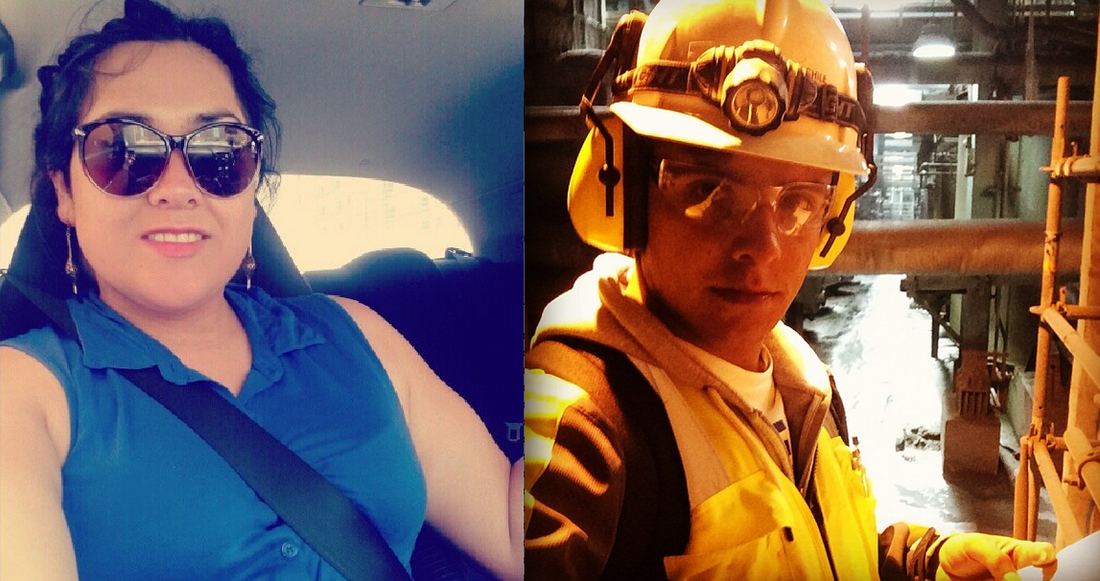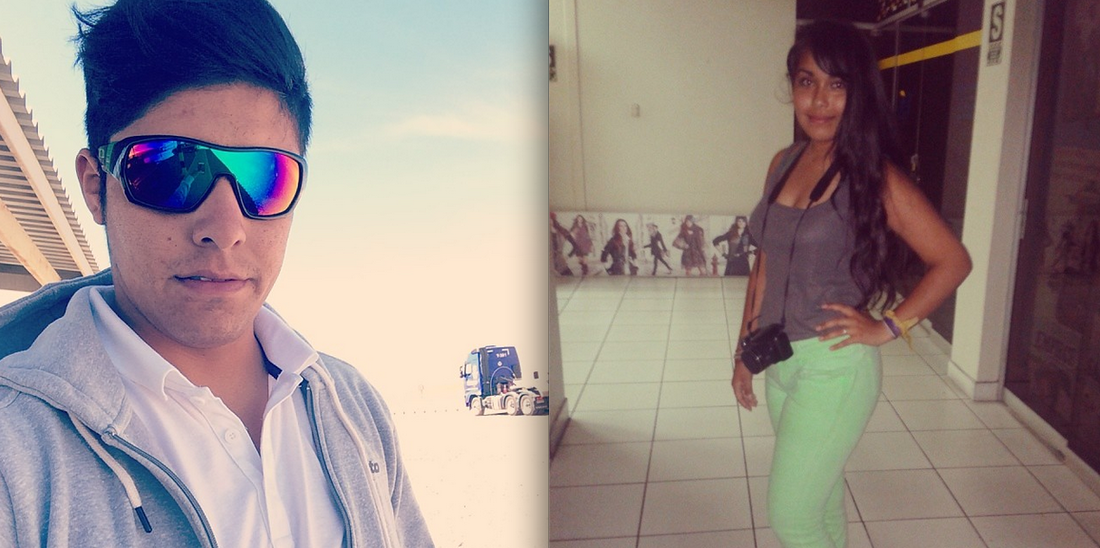About a month ago, I began analyzing the Instagram feeds of almost 75 residents of Alto Hospicio, most of them under the age of 25. Certain aspects of their Instagram usage were not terribly surprising. The example I present here is the selfie. Of their last 15 photos, all users averaged about 6 selfies (this was also fairly consistent between young men and woman, with only a .07 average difference). But what was surprising was the lack of artistry that seemed to be attributed to these photos. Filters were used, but subject matter was not particularly “beautiful.” Shots were not composed with symmetry, with horizontal lines leveled, or with the rule of thirds in mind. Neither were shots noteworthy for their “rarity.” As Jon Snow of Chanel 4 tells Nimrod Kamer in his short Guardian video about selfies, “I think if you’re somewhere rare, it’s worth [taking a selfie], or if you’re doing something rare, it’s worth doing it.” (see min 2:55-3:05 of the video below).
But these photos are taken in family living rooms, while at work, and the backseat of an older sibling’s car. The exact places the users traverse every day. The definitive opposite of “rare.” Instead, they are taken in utterly mundane places. The ubiquity of mundane photos corresponds closely to Daniel Miller’s assertion that the intention behind photography is now not so much to produce a photograph, but that the photography legitimates the act of taking a picture. The transience of Instagram also legitimates the mundane self-portrait. It is not a portrait meant for a display of beauty, but rather a document of the moment. In this sense, it’s intention to amuse in the moment (or short period of time thereafter). It not only is briefly entertaining in the instant of taking the photo, but provides entertainment for a friend or follower who might view the photo. Further, through collecting likes and comments, the mundane photo may serve to break up a mundane day for the user.
The other most common form of self-portrait was the “sassy” photo. These appear like fashion magazine photos aimed at showing off clothing. They are often either taken in the mirror or by a friend. Hands are often on the hips, or in another “fashion model” sort of pose. It is important to note the difference here between sassy and sexy. Though the line between the two can at times be ambiguous, sexy photos usually involve the subject with little clothing, lying on a bed, or showing cleavage or abs. Sassy photos on the other hand are the type your mother might comment “Oh, you look so cute!” Notably, in these sassy photos, the clothing that is being shown off is rarely overly stylish. Hair is usually not noticeably done for a special occasion. Though these certainly pop up when people attend formal events (such as weddings or graduations), they more commonly appear with every day clothing and style.
The point of understanding self-portraits, including selfies, is that it lends us information about conceptions of attractiveness and beauty among particular groups of people. And attractiveness is something that most people think about when posing for a portrait that they will then share with their networks. This is evident here from bodily poses and facial expressions. Both are chosen in these photos, meaning there is an explicit, self-conscious presentation of the self.
However, what seems quite clear to me, given the number of mundane photos and sassy photos that display everyday clothing and hair, is that people’s sense of what forms of attractiveness are worthy of display are actually quite “normal.” This is reinforced by my observations in Alto Hospicio in general. People are rarely dressed nicely. Jeans, shorts, and t-shirts are the norm. It is rare to see women in dresses or fancy tops. Most men wear sneakers and most women wear flip flop sandals. Women especially wear bright colors. Men also generally wear t-shirts, though during the week it is not uncommon to see men on their work lunch breaks wearing plaid short sleeved collared shirts with jeans.
The second blog, The Radical Politics of Selfies goes beyond this first piece, arguing that while perhaps selfies may reflect “the way society teaches women that their most important quality is their physical attractiveness…not all [people] are allowed to see themselves as beautiful, desirable, sexy, or fit for human consumption.” For many, mass media representations of people who look like them are nowhere to be found. Magazines, television, movies, and advertisements depict people who are so far from physically similar to women of color, queer women, differently-abled people, and even people with a high percentage of body fat, that they are not only an unrealistic ideal, but have little to no resonance. Thus, the author concludes, that social media allows for people who do not fit these molds to find (and produce) proper representations of themselves.
Alto Hospicio is the kind of place where people do not look like the actors in television shows they watch. They do not look like the news anchors on CNN Chile, let alone the South American telenovelas that most middle-aged women watch. They are generally darker skinned, shorter, wider, and have more indigenous features. And to dress or otherwise present themselves as such might not be authentic. Even though the city is a melting pot of Northern Chileans, Southern Chileans, Bolivians, Peruvians, and Colombians, they generally all blend together in a homogenizing soup of “normalness.” No one really stands out. Skin tones range from the light tan of mixed Spanish/Indigenous/German heritage to the dark tone of Afro-South Americans, but the casual clothing, low-maintenance hair styles, and lack of other physical beauty accents brings everyone together. Thus, perhaps the selfie acts as resistance against erasure: within this homogenizing crowd, for the region that is often forgotten politically and lacks representation in media.


 RSS Feed
RSS Feed
